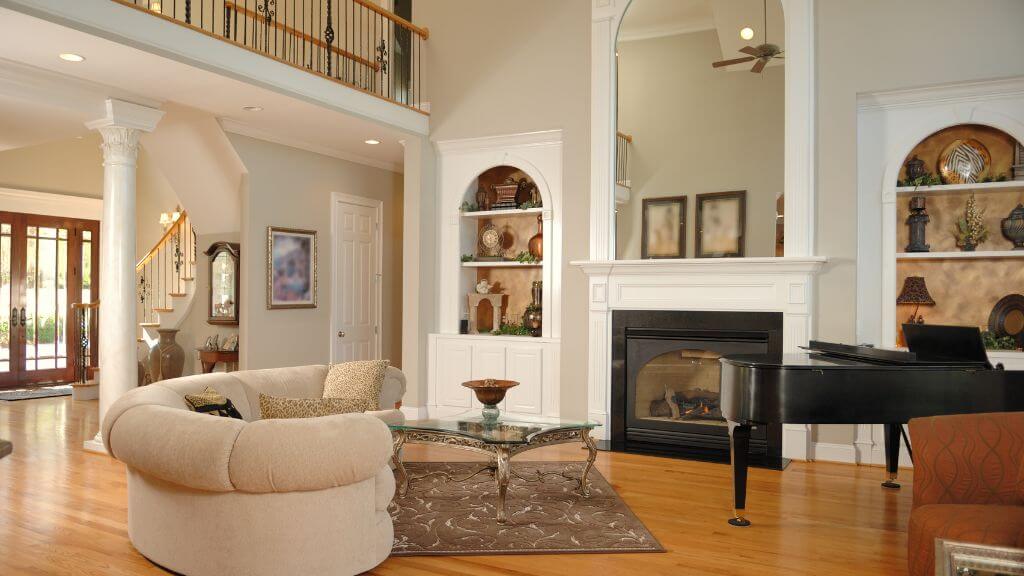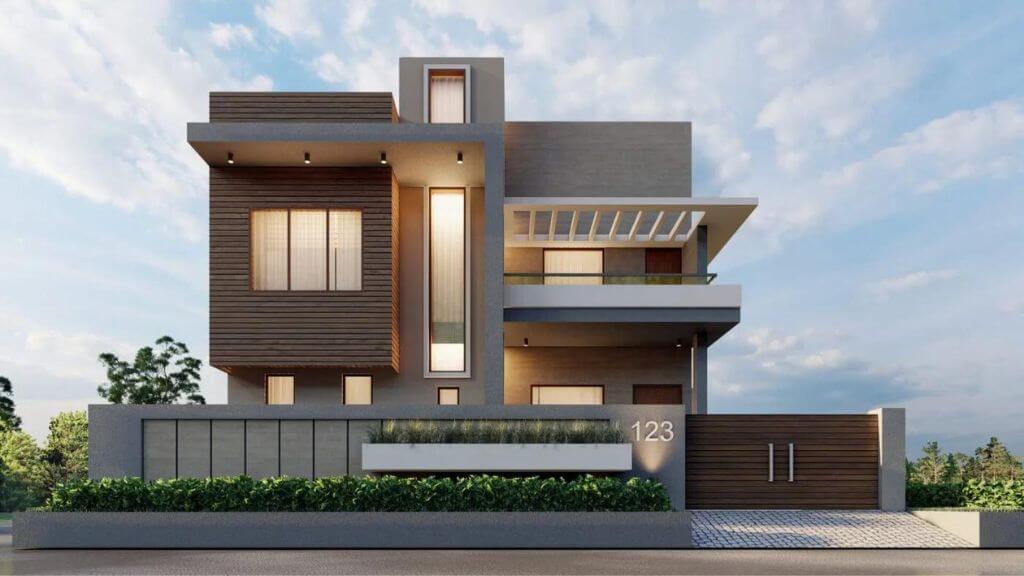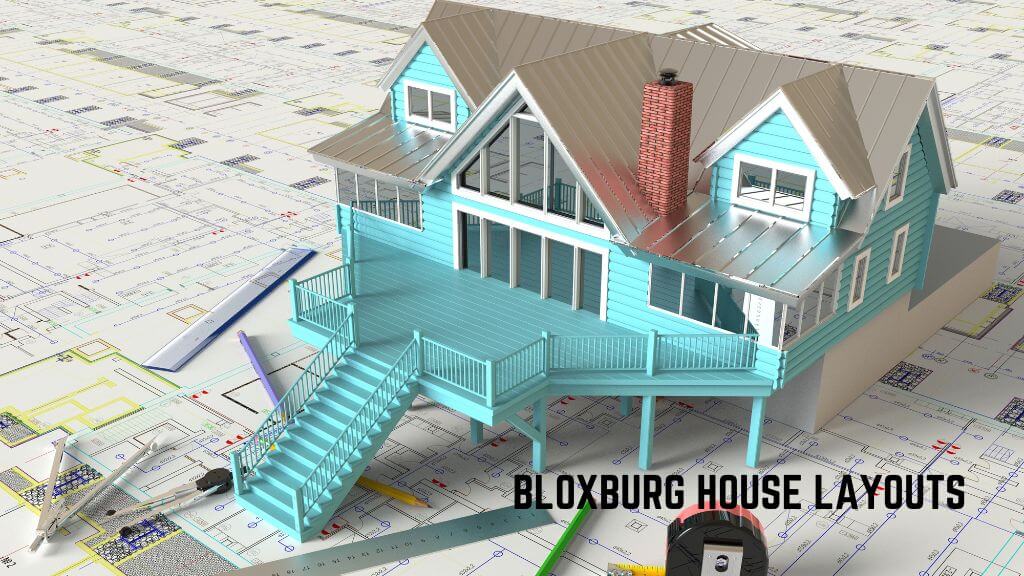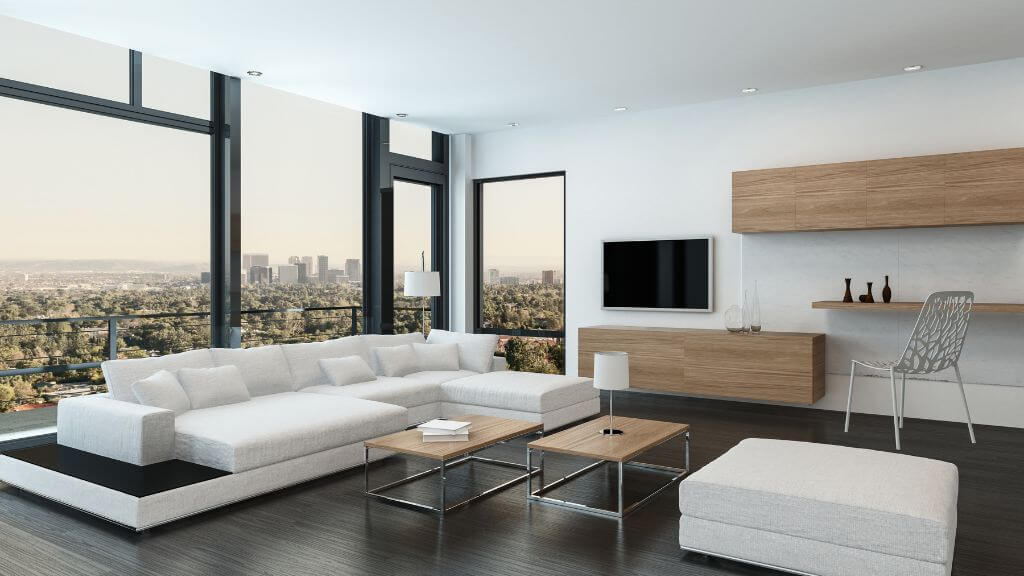Whether you are a designer, architect, homeowner or just thinking about it, there is more to the interior of your home than just the physical space you can see. The interior of a house also includes the areas where you will spend the majority of your time, such as the kitchen, living room and bathroom. These areas are all important in your home, and should be designed to be functional as well as beautiful.
Alternate interior angles
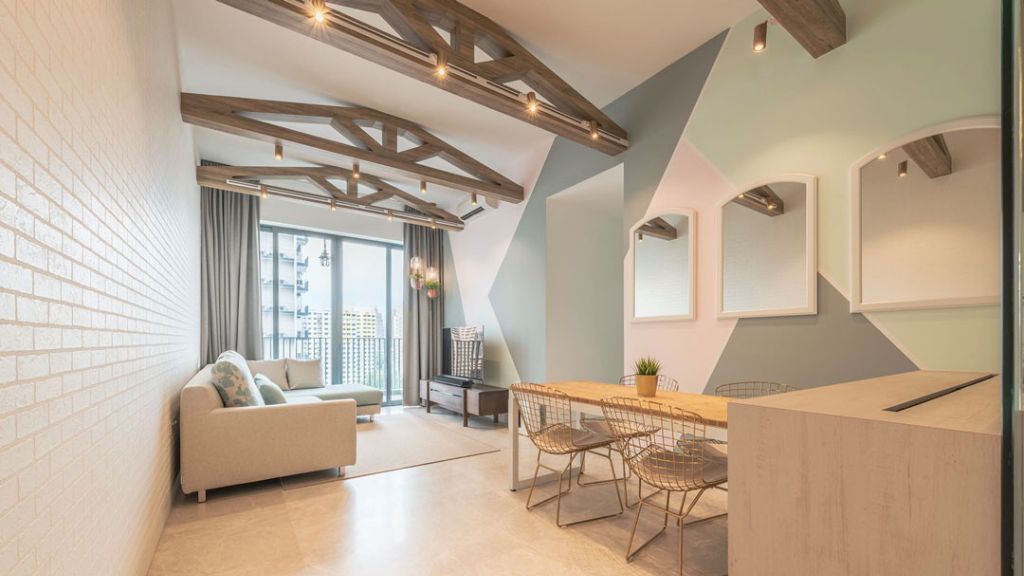
Whenever two lines are parallel and a transversal cuts through them, two angles are formed on the inside of the pair of lines. These angles are called alternate interior angles. When they are not congruent, they will not add up to 180 degrees. They can be identified by a Z-shaped figure.
The two alternate interior angles are called PQD and APQ. The pair of angles is formed when a transversal cuts a line L1 and L2. It is a line that has two separate points. The angle formed is 40 degrees. It is the angle formed by Maple Avenue when it crosses 2nd Street.
The alternate interior angle theorem states that two parallel lines cut by a transversal are congruent. The angle formed is equal to the angle formed by the same lines when they are not cut by a transversal.
The converse of this theorem states that two parallel lines that are cut by a transversal are not congruent. The angle formed is equal in size to the angle formed by the same lines when cut by a transversal. The angle formed is also the same in size as the angle formed by the same lines when they intersect. This is the reason why a transversal can cut two parallel lines but not two lines that are not parallel.
The alternate interior angle theorem also says that alternate interior angles cannot be formed if they are not congruent with the parallel lines. This is because the alternate interior angles are only formed when a transversal cuts two lines. The angle formed by a transversal cannot be obtuse or acute because the alternate interior angles cannot add up to 180 degrees.
Topological space
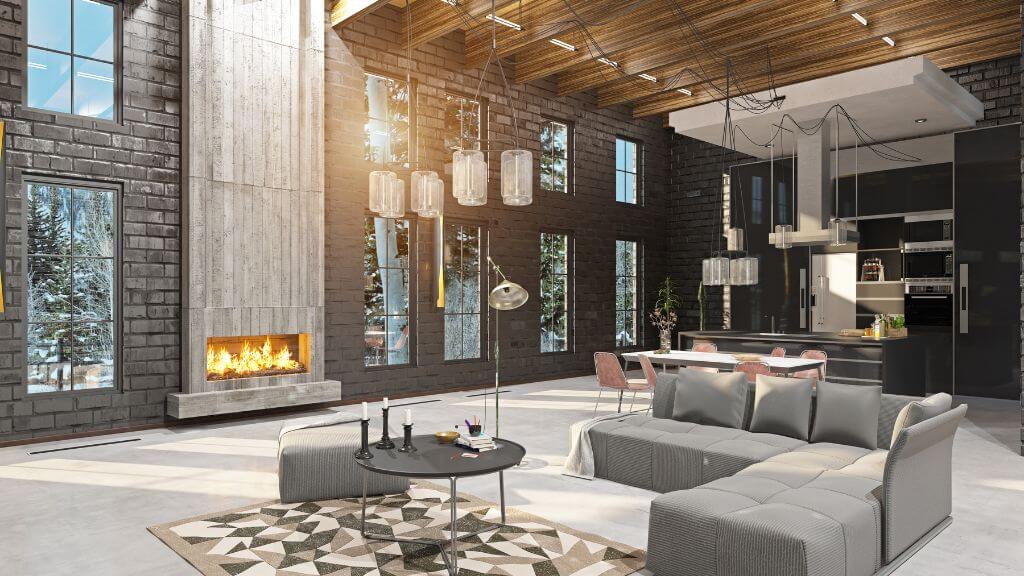
Several properties of topological spaces have been proved in general settings. In particular, there are generalized versions of the open ball and interior ball definitions. These generalized definitions can apply to any topological space.
In general topological spaces, the interior of a set is a set containing all the open sets in the underlying space. The interior of a set can also be defined as a set of open sets that is a union of all the open sets in the underlying space.
A topological space is called a compact space if there is a subsequence in every sequence of points. In the same sense, a topological space is a semi-regular space if there are two canonical open sets in the space.
An interior point is a point in a topological space. The definition of interior point applies to any topological space with metric d. The interior point of a space is the point that has the largest open set contained in that space.
A topological space is called countably compact if f(X) is a countably compact function. In general, f over X is a real-valued continuous function that has a 0 value.
A topological space is called th-refinable if every subparacompact space is a th-refinable space. The cs*-character of a topological space is the cardinal cs*(X, x). A topological space is called quotient space if ph is mapped from X to Y. Countably compact spaces are also called metacompact spaces. The cs*-network at a point x X is the smallest cs*-network M.
The term interior in topology is a topic of Wikipedia. In the modern English mathematical literature, the term “kernel” is seldom used.
Aesthetics
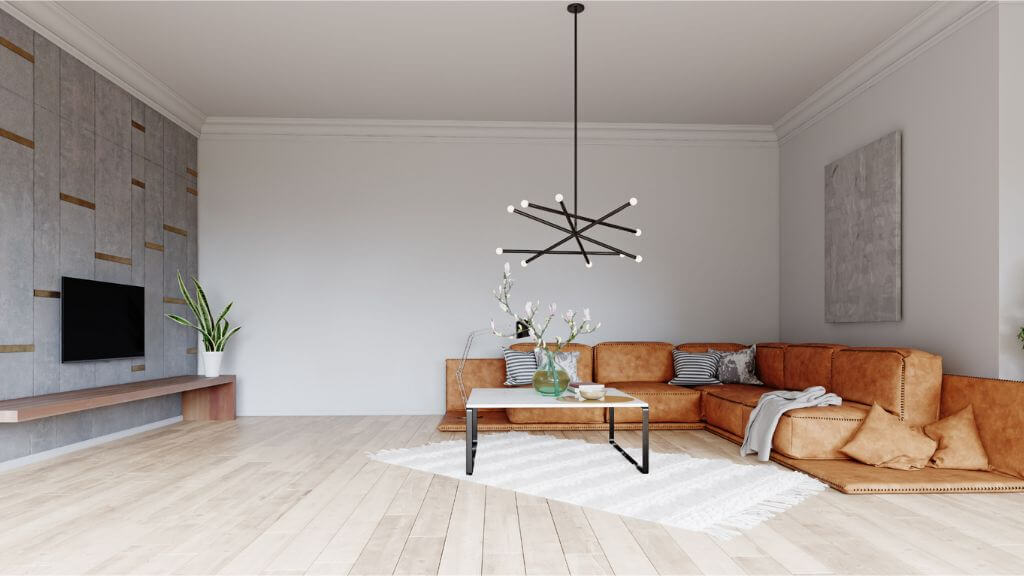
Creating an aesthetically pleasing interior space is an important task. It is important to create a calming habitat for the people living in the space. Creating an aesthetically pleasing interior space can also help to promote mental health.
The aesthetics of interior space has been the subject of many psycho-physical studies. These studies have provided new insights into the aesthetic perception of people. The study aimed to explore aesthetic perception through the use of qualitative methodologies.
Aesthetics includes aspects such as pattern, color, balance, scale, and movement. The visual impact of any environment depends on the balance of design elements. Whether you are designing a space for a home, a school, or a public facility, balance is essential.
In modern interior design, aesthetics are more concerned with the needs of people. These needs include the ability to make people comfortable and enhance functionality. Creating an aesthetically pleasing interior space allows people to relax and take a breath of fresh air.
Aesthetics is a multi-sensual experience. It stimulates changes in the behavioural models of end-users. This effect is also known as the aesthetic-usability effect. Aesthetic art theories provide practical guidance for practitioners to meet the needs of people and make practice more relevant.
Aesthetics is derived from the idea that beauty is in the eye of the beholder. Color affects people’s emotions and cognition. Choosing the right colors is important to enhance the aesthetics of the interior space.
In a typical home, it is possible to enhance the aesthetics of the space with the use of decorative accessories. These accessories include plants, flowers, and other items that can help to beautify the interior space.
You can Follow more:
